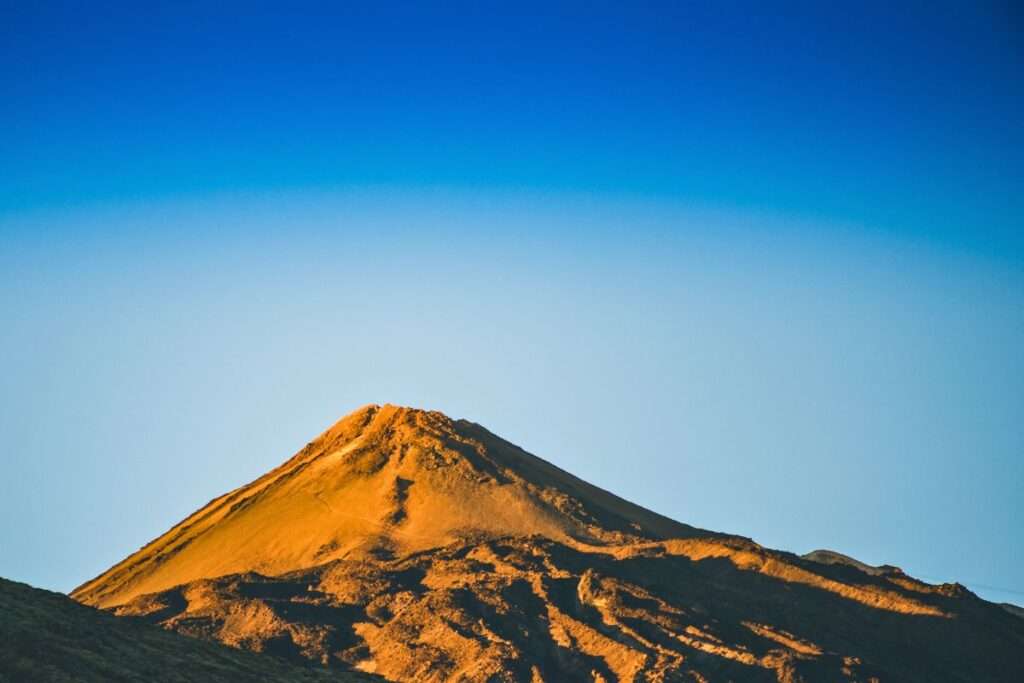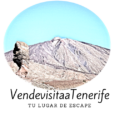
Teide National Park
Where is the Pico del Teide located?
Pico del Teide is a famous volcano located on the island of Tenerife in the Canary Islands. It is the highest peak in Spain, rising to a height of 3,715 meters above sea level. The volcano is one of the most visited tourist attractions in Tenerife, attracting millions of visitors every year. In this article, we will explore the location of Pico del Teide, its history, geography, and top attractions.
Where is the Pico del Teide located?
Pico del Teide is located on the island of Tenerife, which is part of the Canary Islands. The Canary Islands are located in the Atlantic Ocean, off the coast of Africa, and belong to Spain. Tenerife is the largest of the Canary Islands and is a popular holiday destination for tourists from all over the world.
Geography of Pico del Teide:
Pico del Teide is a stratovolcano, which means it is a conical volcano built up by many layers of hardened lava, pumice, and ash. It is situated in the center of Tenerife and is surrounded by the Teide National Park. The park covers an area of 18,990 hectares and is a UNESCO World Heritage Site. The park is home to a diverse range of flora and fauna and is a popular destination for hiking and mountain climbing.
Top Attractions of Pico del Teide:
- Cable Car Ride: Visitors can take a cable car ride to the top of the volcano, offering stunning views of Tenerife and the surrounding islands. The cable car ride takes about 8 minutes.
- Hiking: The Teide National Park offers many hiking trails that take visitors through the beautiful landscape of the park.
- Stargazing: The Teide National Park is one of the best places in theworld for stargazing due to its high altitude and clear skies. The park has several astronomical observatories, including the Teide Observatory, which is run by the Instituto de Astrofísica de Canarias.
- Rock formations: The park is home to several interesting rock formations, including the Roque Cinchado, a rock formation that has become a symbol of Tenerife.
- Flora and fauna: Teide National Park is home to a diverse range of flora and fauna, including rare and endemic species. The visitor can observe species such as the Canary Island pine, the Teide violet and the Canary Island lizard.
FAQs:
Can you hike to the top of Pico del Teide?
Yes, visitors can climb to the top of Pico del Teide. However, hikers must obtain a permit from the park authorities before they can attempt the hike. Permits can be obtained online or at park offices.
Is it safe to visit Pico del Teide?
Yes, it is safe to visit Pico del Teide, but visitors should take precautions due to the high altitude and extreme weather conditions. It is advisable to bring warm clothing, sunscreen. Visitors should also drink plenty of water and avoid alcohol.
How do I get to Pico del Teide?
Visitors can reach Pico del Teide by car, bus or taxi. There are several parking areas near the cable car station. Buses also run from the main towns on the island to the park entrance.
What is the best time to visit Pico del Teide?
The best time to visit Pico del Teide is between May and September, when the weather is dry and sunny. However, visitors can climb to the top of the volcano throughout the year. As long as the weather permits.
Where is the Pico del Teide located?
Conclusión:
Pico del Teide is an iconic volcano located on the island of Tenerife in the Canary Islands. It is the highest peak in Spain and is a popular tourist attraction that offers visitors a range of activities, including hiking, cable car rides, stargazing, and exploring the park’s unique flora and fauna. Whether you are an adventure seeker, a nature lover or a stargazer, Pico del Teide is a must-visit destination that will leave you awe-inspired by its natural beauty and rich history.
How to get to Pico Teide:
Where is the Pico del Teide located?
«Hello! Just a quick reminder that if you plan to hike up the trails to Pico del Teide, you must obtain the necessary permits from the park authorities beforehand. Please also remember to comply with the rules of the park, and refrain from damaging these natural spaces or leaving any traces of garbage. Let’s all do our part to preserve and protect this beautiful destination. Thank you!»
